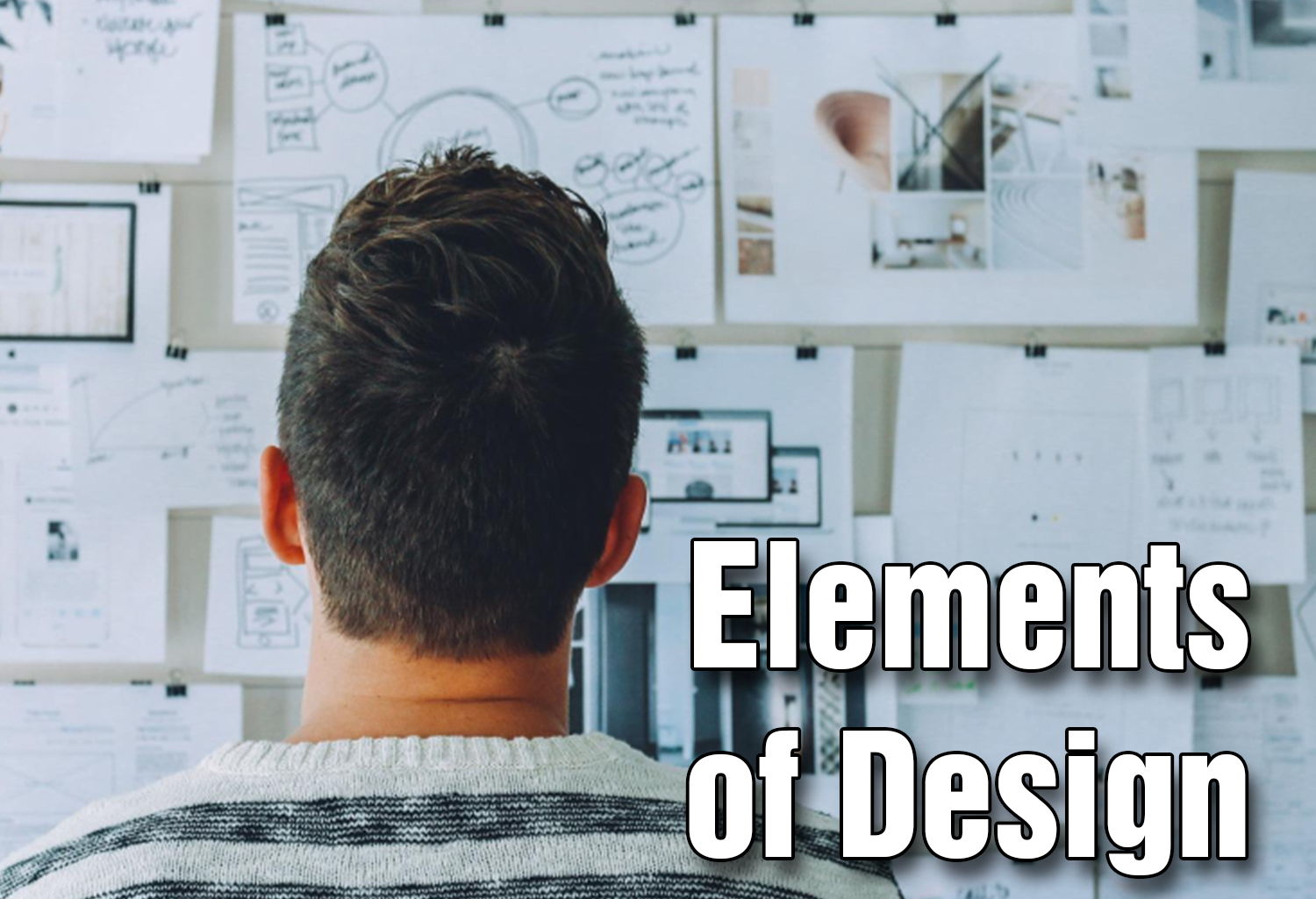
Students are exposed to select elements of design, and they explore the effect those elements of design have on storytelling.
Standards Addressed
National Core Arts Standards
Generate and conceptualize artistic ideas and work - Grade 6
TH:Cr1.1.6.b - Identify solutions to design challenges in a drama/theatre work.
California VAPA Standards (2019)
6.TH:Cr1 Generate and conceptualize artistic ideas and work
6.TH:Cr1.c - Identify solutions to design challenges in a drama/theatre work.
Colorado Academic Standards - Drama and Theatre Arts
Common Core
Language
Florida Sunshine State Standards
Skills, Techniques & Processes
TH.912.S.2.9 - Research and defend one's own artistic choices as a designer.
Georgia Performance Standards - Theatre Arts
North Carolina Essential Standards 2024
Beginning High School Create
Beginning High School Present
B.PR.2.3 - Implement technical elements to support scripted or devised presentations.
North Carolina Essential Standards 2010
Beginning High School Standards - Aesthetics
Texas Essential Knowledge and Skills for Theatre Arts
HS 117.315 LI - Creative Expression: production
Alberta, Canada
Junior Orientation
focus concentration on one task at a time
generate imaginative and creative solutions to problems
Junior Goal I Objectives
extend the ability to explore meaning through abstract concepts
Technical Theatre - Levels I, II, III - Awareness
2 - demonstrate understanding of the basic functions of the component being studied.
Technical Theatre - Levels I, II, III - Readiness
8 - demonstrate understanding of the use of colour, shape and texture to achieve a desired effect
Senior Goal I Objectives
British Columbia (2018)
GRADE 6 - ARTS - Exploring and creating
Explore relationships between identity, place, culture, society, and belonging through the arts
GRADE 6 - ARTS - Reasoning and reflecting
Interpret works of art using knowledge and skills from various areas of learning
Reflect on works of art and creative processes to understand artists' intentions
GRADE 7 - ARTS - Reasoning and reflecting
Interpret works of art using knowledge and skills from various areas of learning
Reflect on works of art and creative processes to understand artists’ intentions
GRADE 8 - ARTS - Reasoning and reflecting
Interpret works of art using knowledge and skills from various areas of learning
Reflect on works of art and creative processes to understand artists motivations and meanings
GRADE 9 - DRAMA - Communicating and documenting
Compose, interpret, and expand ideas using symbolism, imagery, and elements
GRADE 10 - DRAMA - Reason and reflect
Describe, analyze, and respond using drama-specific language
GRADE 10 - DRAMA - Communicate and document
Compose, interpret, and expand ideas using symbolism and imagery
GRADE 11 - DRAMA - Reason and reflect
GRADE 12 - DRAMA - Reason and reflect
Ontario, Canada
Grades 9 & 10 - Reflecting, Responding and Analyzing - The Critical Analysis Process
Virginia Standards Of Learning (2020)
Get instant access to this and everything else in the Drama Teacher Academy